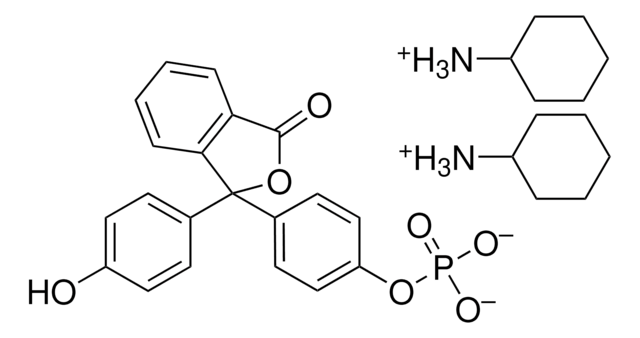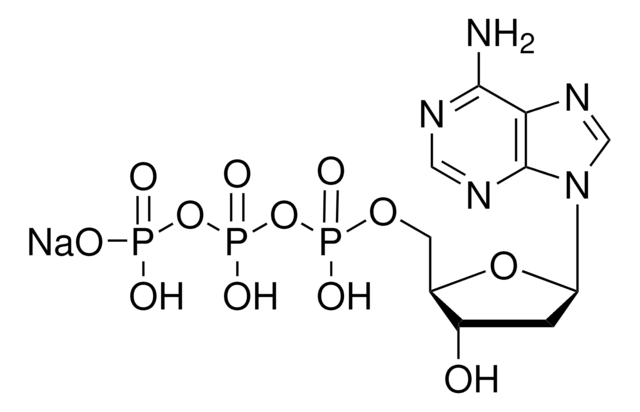Wichtige Dokumente
B1022
Biotinamidohexanoic acid 3-sulfo-N-hydroxysuccinimide ester sodium salt
≥90% (TLC), powder
Synonym(e):
Sulfosuccinimidyl 6-(biotinamido)hexanoate
About This Item
Empfohlene Produkte
Qualitätsniveau
Assay
≥90% (TLC)
Form
powder
Löslichkeit
H2O: 10 mg/mL
DMF: 50 mg/mL
Lagertemp.
−20°C
SMILES String
[Na].OS(=O)(=O)C1CC(=O)N(OC(=O)CCCCCNC(=O)CCCCC2SCC3NC(=O)NC23)C1=O
InChI
1S/C20H30N4O9S2.Na.H/c25-15(7-4-3-6-13-18-12(11-34-13)22-20(29)23-18)21-9-5-1-2-8-17(27)33-24-16(26)10-14(19(24)28)35(30,31)32;;/h12-14,18H,1-11H2,(H,21,25)(H2,22,23,29)(H,30,31,32);;
InChIKey
KDRVGWAQYRWAJF-UHFFFAOYSA-N
Suchen Sie nach ähnlichen Produkten? Aufrufen Leitfaden zum Produktvergleich
Allgemeine Beschreibung
Anwendung
Haftungsausschluss
Signalwort
Danger
H-Sätze
Gefahreneinstufungen
Repr. 1B
Lagerklassenschlüssel
6.1C - Combustible acute toxic Cat.3 / toxic compounds or compounds which causing chronic effects
WGK
WGK 3
Flammpunkt (°F)
Not applicable
Flammpunkt (°C)
Not applicable
Analysenzertifikate (COA)
Suchen Sie nach Analysenzertifikate (COA), indem Sie die Lot-/Chargennummer des Produkts eingeben. Lot- und Chargennummern sind auf dem Produktetikett hinter den Wörtern ‘Lot’ oder ‘Batch’ (Lot oder Charge) zu finden.
Besitzen Sie dieses Produkt bereits?
In der Dokumentenbibliothek finden Sie die Dokumentation zu den Produkten, die Sie kürzlich erworben haben.
Kunden haben sich ebenfalls angesehen
Unser Team von Wissenschaftlern verfügt über Erfahrung in allen Forschungsbereichen einschließlich Life Science, Materialwissenschaften, chemischer Synthese, Chromatographie, Analytik und vielen mehr..
Setzen Sie sich mit dem technischen Dienst in Verbindung.

